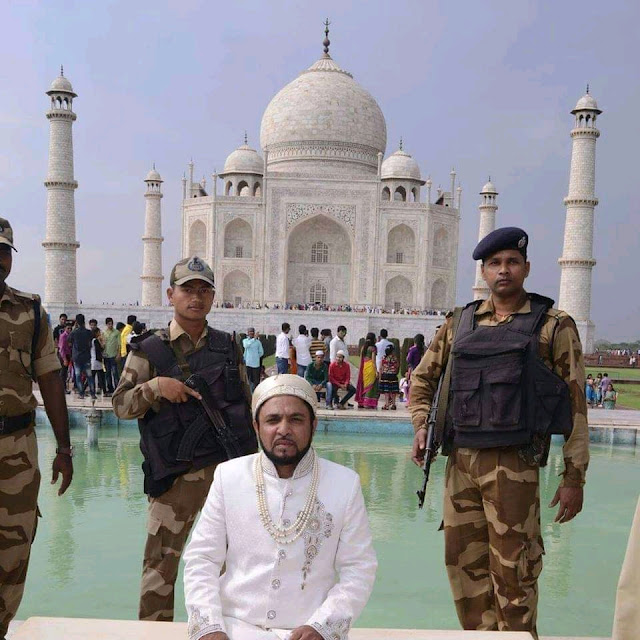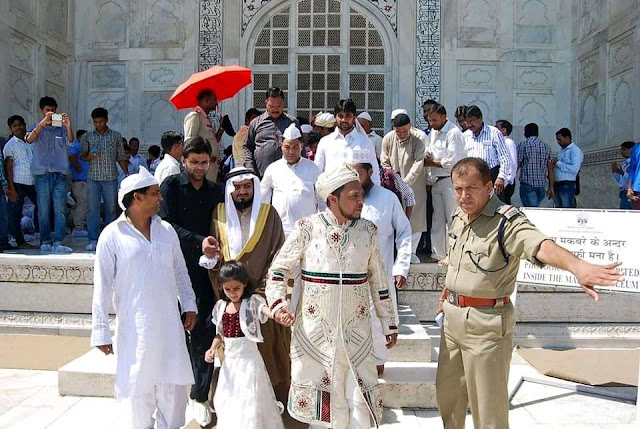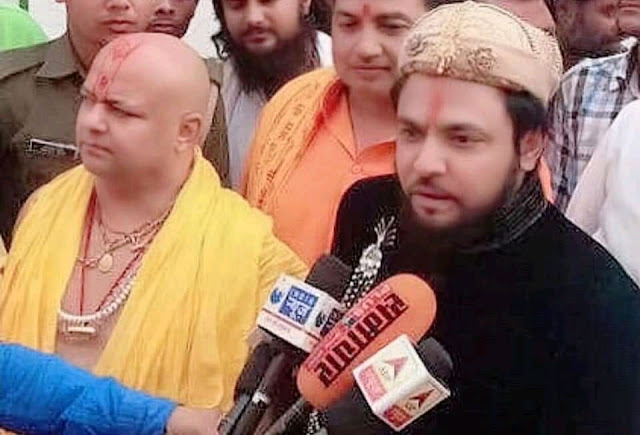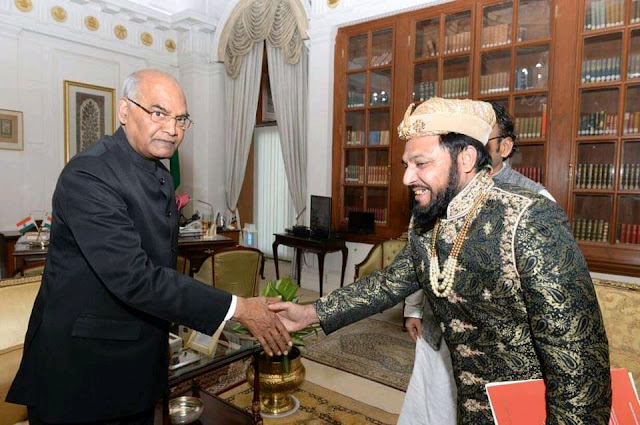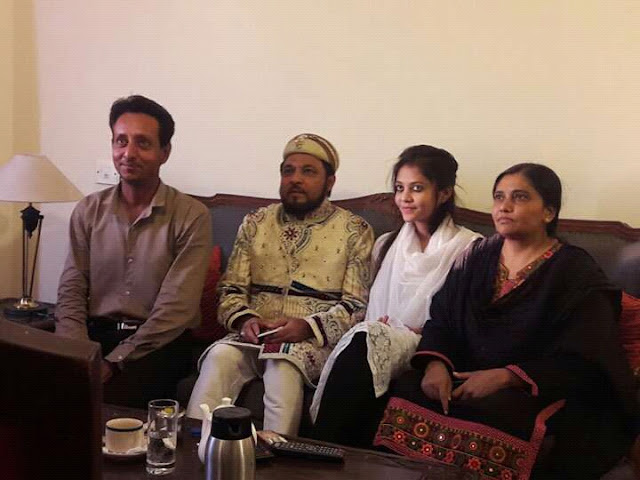Mughal empire in India
Mughal empire family tree
In India, the Mughal Empire was perhaps the best realm ever. The Mughal Empire ruled a huge number of individuals. India ended up joined under one guideline and had prosperous social and political years during the Mughal rule. There were numerous Muslim and Hindu kingdoms split all through India until the organizers of the Mughal Empire came. There were a few men, for example, Babar, grandson to the Great Asian hero Tamerlane and the champion Genghis Khan from the northern area of Ganges, stream valley, who chose to take over Khyber, and inevitably, all of India.
Babar (1526-1530):
the incredible grandson of Tamerlane and Genghis Khan was the first Mughal head in India. He stood up to and crushed Lodhi in 1526 at the main clash of Panipat, thus came to set up the Mughal Empire in India. Babar ruled until 1530 and was prevailing by his child Humayun.
Shah Jahan
Jehangir was prevailing by his second child Khurram in 1628. Khurram took the name of Shah Jahan, for example, the Emperor of the World. He further extended his Empire to Kandhar in the north and vanquished a large portion of Southern India. The Mughal Empire was at its pinnacle during Shah Jahan's standard. This was because of very nearly 100 years of unmatched success and harmony. Accordingly, during this rule, the world saw the remarkable advancement of expressions and culture of the Mughal Empire. Shah Jahan has been known as the "planner ruler". The Red Fort and the Jama Masjid, both in Delhi, stand out as transcending accomplishments of both structural designing and craftsmanship. However to the exclusion of everything else, Shah Jahan is recollected today for the Taj Mahal, the huge white marble sepulcher developed for his significant other Mumtaz Mahal along the banks of the Yamuna River in Agra.
Bahadur Shah Zafar
Bahadur Shah II, popularly known as Bahadur Shah Zafar in history, was the last Mughal emperor, who remained at the helm from 1837 to 1857. He was born on October 24, 1775 and was the son of Akbar Shah II. He was over sixty when he ascended the throne of Delhi. He was a very good poet and calligrapher as well as a Sufi. After the War of Independence of 1857, he was deported to Rangoon in 1858, where he died in 1862 at the age of 87.
Mughal empire prince Habhibuddin tucy
A relative of the Mughal administration living in Hyderabad has repeated his idea to display the main block to fabricate Ram sanctuary at Ayodhya, on the off chance that he is given the Babri masjid-Ram Janmabhoomi land.
Mughal empire map |
"It will be a brilliant block," he told TOI in a meeting on Saturday. "Not exclusively will I present a brilliant block, I will likewise hand over the whole land for development of the sanctuary," said 50-year-old Habeebuddin Tucy, who says he is a 6th era relative of the last Mughal sovereign Bahadur Shah Zafar. Tucy had made the gold block offer in September a year ago also.
Tucy appealed to the Supreme Court to implead him in the Babri masjid contest. The court is yet to concede the supplication. "No other gathering for the situation has proprietorship reports of the property however I, as a relative of the Mughal rulers, reserve a privilege to express my conclusion on to whom the land ought to be given," he demands. "At any rate, I ought to be heard."
The request was documented on February 8. Tucy's backer Praveen Kumar told TOI from Delhi that the Supreme Court has not engaged any more petitions for the situation. "Yet, it isn't that the appeal can't be taken up," he said.
Tucy clarified that the first Mughal head, Babur, got the Babri masjid developed in 1529 to give a spot to the troops to offer namaz. "It was solely for the troops, not others. I would prefer not to get into what was there before the masjid was fabricated however since a specific network is staking guarantee to the spot saying that it is the origin of Ram, as a genuine Muslim, I will just regard their feelings," Tucy said.
Mughal empire timeline |
On August 14, the Supreme Court was educated that there was proof regarding a Ram Temple having been worked during second century BC in the very spot that the Babri Masjid was built.
"None of them have any archives to make a case for the land. No one but I can be considered as somebody who has a state on whom the land ought to go to since I am a Mughal relative," Tucy said. Inquired as to whether he had any reports that could demonstrate responsibility for the land, Tucy said he likewise did not have the papers. "Be that as it may, I have believability for legitimate possession. Consistently, the basement entryways of the Taj Mahal are opened by me for the Urs function of head Shah Jahan," he says
Mughal empire history books click link
Yakub Habibuddin Tucy, a descendant of Bahadur Shah Zafar, the last ruler of the Mughal Empire, expressed his desire to build a Ram temple in Ayodhya. Tucy has said that if the Ram temple is built in Ayodhya, then our family will keep its first brick and we will donate a stone of gold for the foundation of the temple. Recently, Tucy had filed a petition in the Supreme Court seeking to make him a party to the Ayodhya Ram Janmabhoomi-Babri Masjid case. However, the court has not yet accepted Tucy's petition.
Tucy said that no one owns the papers of the land on which the dispute has been sparked, so I have the right to be a descendant of the Mughal dynasty. I can speak in court as my capacity. Tucy said that I want to put my views on this matter, who should get the ownership of the disputed land and I demand that I should be heard once.
Mughal empire religion
Tucy said that in 1529 the first Mughal empire ruler Babur built the Babri Masjid to give his soldiers a place to offer Namaz. This place was only for soldiers and not for anyone. I do not want to get into a debate as to what was here before the mosque, but if Hindus believe in that place as the birthplace of Lord Rama, then like a true Muslim, I will respect his spirit. Will donate land for the temple.
On the question, whether he has any documents related to the ownership of the land, Tucy said that even though he does not have any paper, he can be called the owner of this land as the heir of the Mughal dynasty... He said that if he gets this land, he will donate it for the construction of the temple.2.77 acres of land dispute, Let us know that the Supreme Court has been hearing the Ayodhya case regularly for the past several days. The entire Ayodhya dispute is over 2.77 acres of land and a 5-member constitutional bench headed by Chief Justice Ranjan Gogoi is hearing the matter. In this constitutional bench, Justice S. a. Bob, Justice D.Y. Chandrachud, Justice Ashok Bhushan and Justice S.K. a. Nazir is also included.
The last Mughal emperor Bahadur Shah Zafar descendant Habibuddin Tucy has expressed his desire to build a Ram Mandir in Ayodhya. Tucy has said that if Ram temple is built in Ayodhya, then his family will keep its first brick. Apart from this, he has also said that we will donate gold bricks for the foundation of the temple. Recently, Tucy had filed a petition in the Supreme Court seeking to become a party to the Ayodhya Ram Janmabhoomi-Babri Masjid case, although his petition was not accepted.
Book on Mughal empire click here
Mughal empire economy |
Jio phone latest offers to click here
When Tucy was asked about the ownership documents of the land, he said that even if he does not have the documents of ownership, he can be considered as the owner of the land due to the succession of Mughal dynasty. In such a situation, he said that if he gets this land, he will donate it for the construction of the temple.

